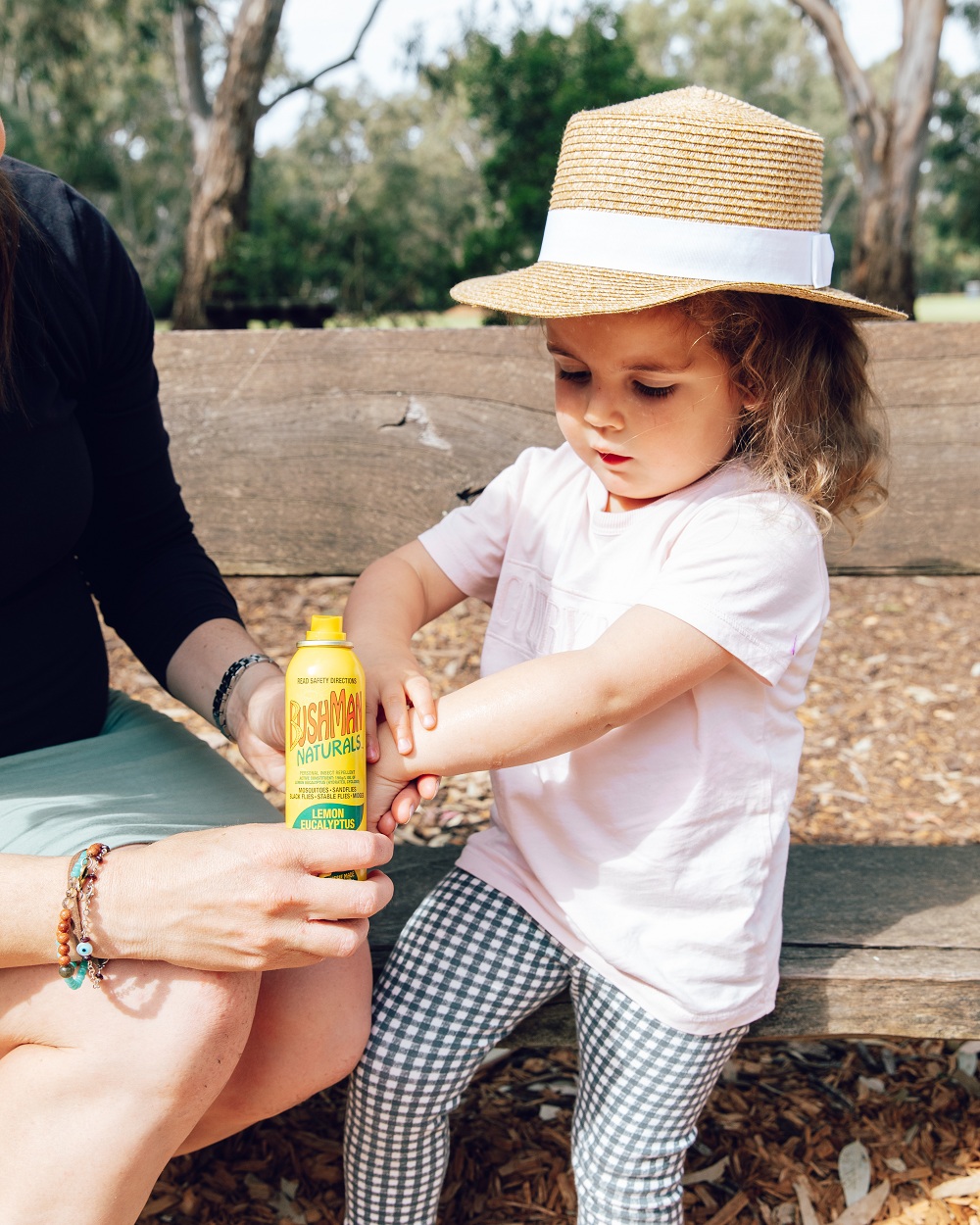We know – it’s hard to believe that eating a lime outside, could cause this.
Last year, a mama reached out to the CPR Kids team with something that took them all by surprise…
“Hi guys, I don’t know if you are interested. But my son over the weekend developed a chemical burn (margarita burn or Phytophotodermatitis eating the outside of lime while playing with it in his little pool. We never knew that this could happen as a parent and my husband and I are mortified by the result of the burn. I have shared it on my Instagram just for my close friends and I have been overwhelmed with fellow mamas saying they had no idea it was a thing. We wish we knew about it and wondered if it might be a post that would be beneficial. Share among your people so it doesn’t have to happen to other mums and dads. He is now under the care of our local burns team but it has been a horrible few days!”
The burn as it continued to develop…
So what caused this?
From Dermnet NZ – “Phytophotodermatitis, a form of plant dermatitis, is a skin reaction that occurs after natural photosensitising chemicals (furanocoumarins) present within plant sap and fruits, become smeared onto the skin, and there is subsequent exposure to sunlight.”
“The areas affected become acutely red, and often blister. Skin lesions may be linear or streaked in morphology. After the acute inflammatory reaction subsides, there is typically post-inflammatory hyperpigmentation which may last for years.”
“Phytophotodermatitis can develop in anyone. It is not an allergy, and accidental contamination of the skin with the juice or sap from a causative plant, followed by sun exposure, may induce the reaction”
“Dermnet even includes a list of ‘high-risk’ factors including “lime juice exposure”
Just last month, an 8-year-old boy in NSW suffered the same type of burns.
“The areas affected become acutely red,
In both instances where CPR Kids have shared this story, they have (understandably) received a lot of questions about additional fruits/plants that can cause Phytophotodermatitis. Unfortunately, there is not enough information out there with answers or clear and reliable resources to share – apart from the list in the Dermnet link above (Dermnet is a reliable resource).
Please be aware of this type of burn, and help us spread the word about this little-known risk!
Reference
Dermnet NZ – Phytophotodermatitis.









